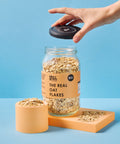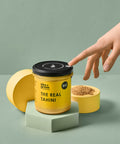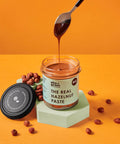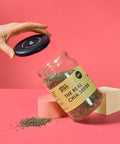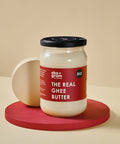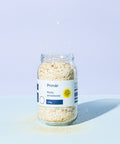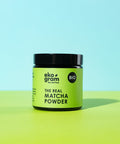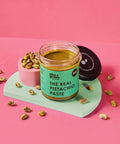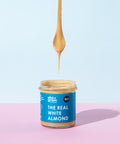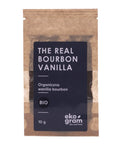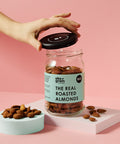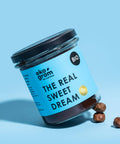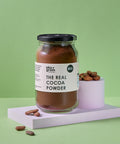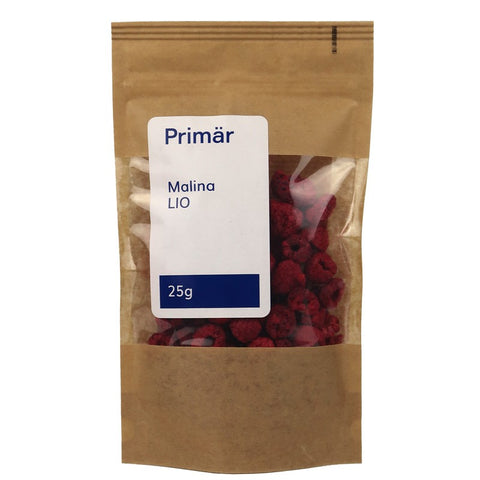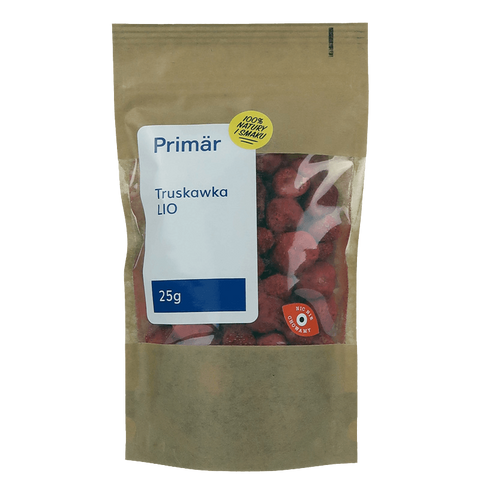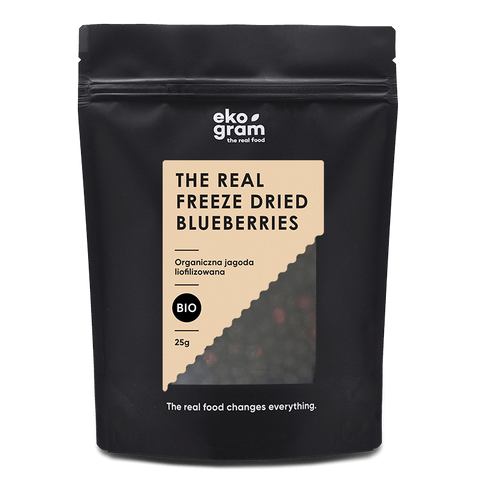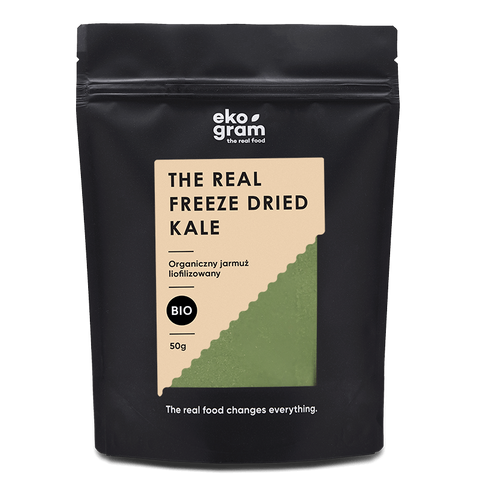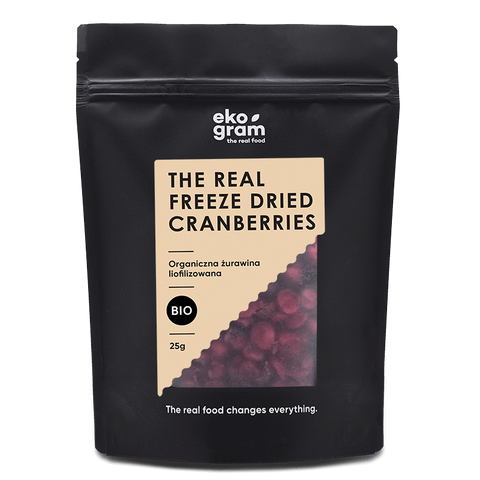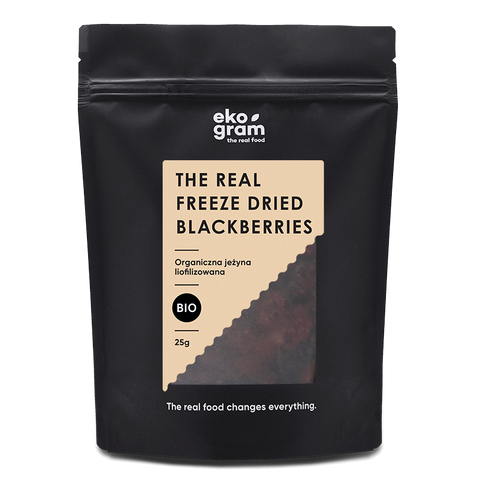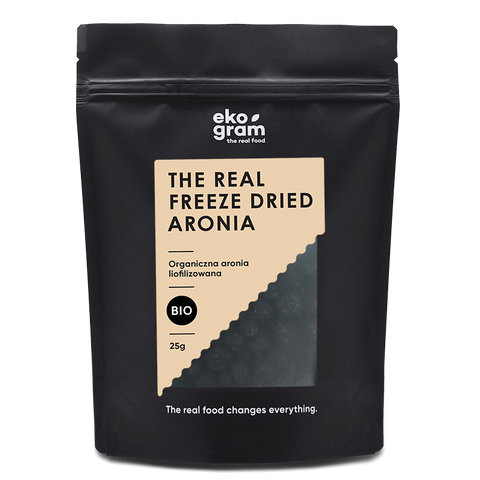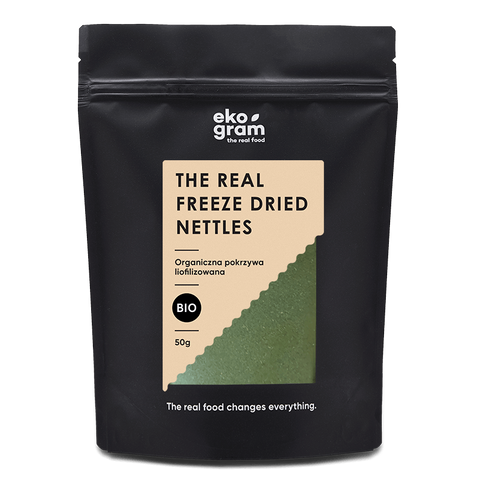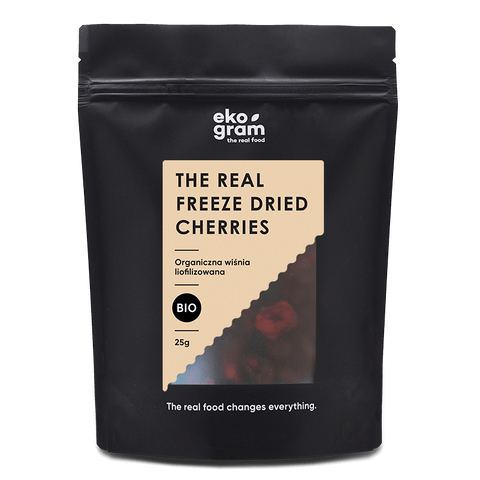9 products
Freeze-dried fruit can be a very interesting alternative to fresh produce, especially if you crave aromatic strawberries , blueberries , or cherries outside of the harvest season. Thanks to freeze-dried fruit, you can enjoy the flavors of summer any time of year. Our health food store offers organic freeze-dried fruits and vegetables , including:
- Organic Cranberries - Freeze-dried
- Strawberry - Freeze-dried
- Raspberry - Freeze-dried
- Organic Cherry - Freeze-dried
- Organic Blueberry - Freeze-dried
- Organic Chokeberry - Freeze-dried
- Organic Blackberry - Freeze-dried
- Organic Kale - Freeze-dried
- Organic Nettle - Freeze-dried
What does it mean that fruit is freeze-dried?
Freeze-drying is a super-effective and, most importantly , natural process that preserves all the vitamins and minerals present in a fresh product and extends its shelf life . This process involves rapidly freezing the fruit or vegetable at a very low temperature (approx. -40 to -50°C). Next, freeze-drying is performed, which involves evaporating the ice crystals using reduced pressure, which eliminates over 90% of the water from the food.
The phenomenon of freeze-drying is that ice immediately transforms into a gaseous state, bypassing the liquid phase. This prevents the products from losing any nutritional value during the process . They also retain their flavor, color, and aroma . The final stage involves drying the fruits and vegetables at room temperature under reduced pressure, which removes any residual water and any microbiological contamination.
This means that freeze-dried fruits and vegetables can be stored for a very long time, maintaining their top quality and freshness. Finally, freeze-dried fruits, despite their long shelf life, do not require any preservatives or artificial additives. The freeze-drying process is a preservation process in itself. Water loss prevents the product from spoiling and keeps it edible for many months.
How to eat freeze-dried fruit?
Freeze-dried fruit can be a wonderful addition to a nutritious breakfast . If you don't have fresh fruit, try freeze-dried fruit. Add it to oatmeal, muesli, smoothies, yogurt, omelets, or pancakes . They also work great as an ingredient in baked goods. They don't weigh down dough or make it moist, making the final product look fresh and tempting. To spice up your favorite drink, add freeze-dried strawberries, raspberries, or blueberries to water or tea . This creates an attractive, refreshing, colorful, and sweet drink that you can serve to children as a healthy alternative to store-bought drinks sweetened with refined sugar and artificially colored. Freeze-dried fruit also makes a delicious and filling snack when traveling . Light and sweet fruit will boost energy during long walks and is a much healthier snack than chips or a chocolate bar.
How many calories do freeze-dried fruits have?
Freeze-dried fruit, even though it reduces in volume during the freeze-drying process, has exactly the same caloric value as fresh fruit. However, remember that 100g of strawberries picked straight from the bush is not the same as 100g of freeze-dried strawberries. A handful of fresh strawberries weighs about 100g and contains about 33 calories. A handful of freeze-dried strawberries weighs just 15g, and their caloric value can exceed 50 kcal.
From what age can children eat freeze-dried fruit?
Freeze-dried fruit can be given to infants as soon as they are ready to start a balanced diet, around 6 months of age. Freeze-dried blueberries and cranberries make a nutritious, munchy snack on their own . They can also be added to porridge, pudding, or jelly . For older children, pack freeze-dried fruit in their school lunchbox or use it to decorate oatmeal, muesli, omelets, or waffles.
Are freeze-dried fruits better than fresh ones?
Freeze-dried fruit contains exactly the same amount of nutrients as fresh fruit. However, it is dehydrated, making it crunchy and more like chips than fruit. Fresh fruit is valued for its juiciness and thirst-quenching properties on hot summer days. Freeze-dried plants are more suitable as a sweet snack or as an addition to your favorite oatmeal, millet porridge, yogurt, omelet, or cake.
How to use freeze-dried vegetables?
Not only fresh fruit can be freeze-dried. Vegetables are also excellent, especially leafy greens, beets, and herbs . Available in our organic food store, freeze-dried kale powder can be added to smoothies, freshly squeezed juices, yogurts, oatmeal, sauces, soups, and stews.
Freeze-dried beetroot or spinach can be sprinkled on salads , used to flavor meatballs, meatballs, stuffings, and various fillings . Freeze-dried vegetables in powdered form are also a great addition to bread, pierogi dough, kopytka (potato dumplings), or homemade pasta . This way, you'll not only enhance the nutritional value of your dishes but also give them an attractive appearance.
Freeze-dried vegetables are incredibly aromatic and are an excellent natural colorant that will give your dishes an original look, both sweet and savory.
Our assortment also includes freeze-dried nettle , which you can use to prepare an essential and nutrient-rich nettle tea or to enrich your favorite cocktail, cottage cheese, or fruit juice.



